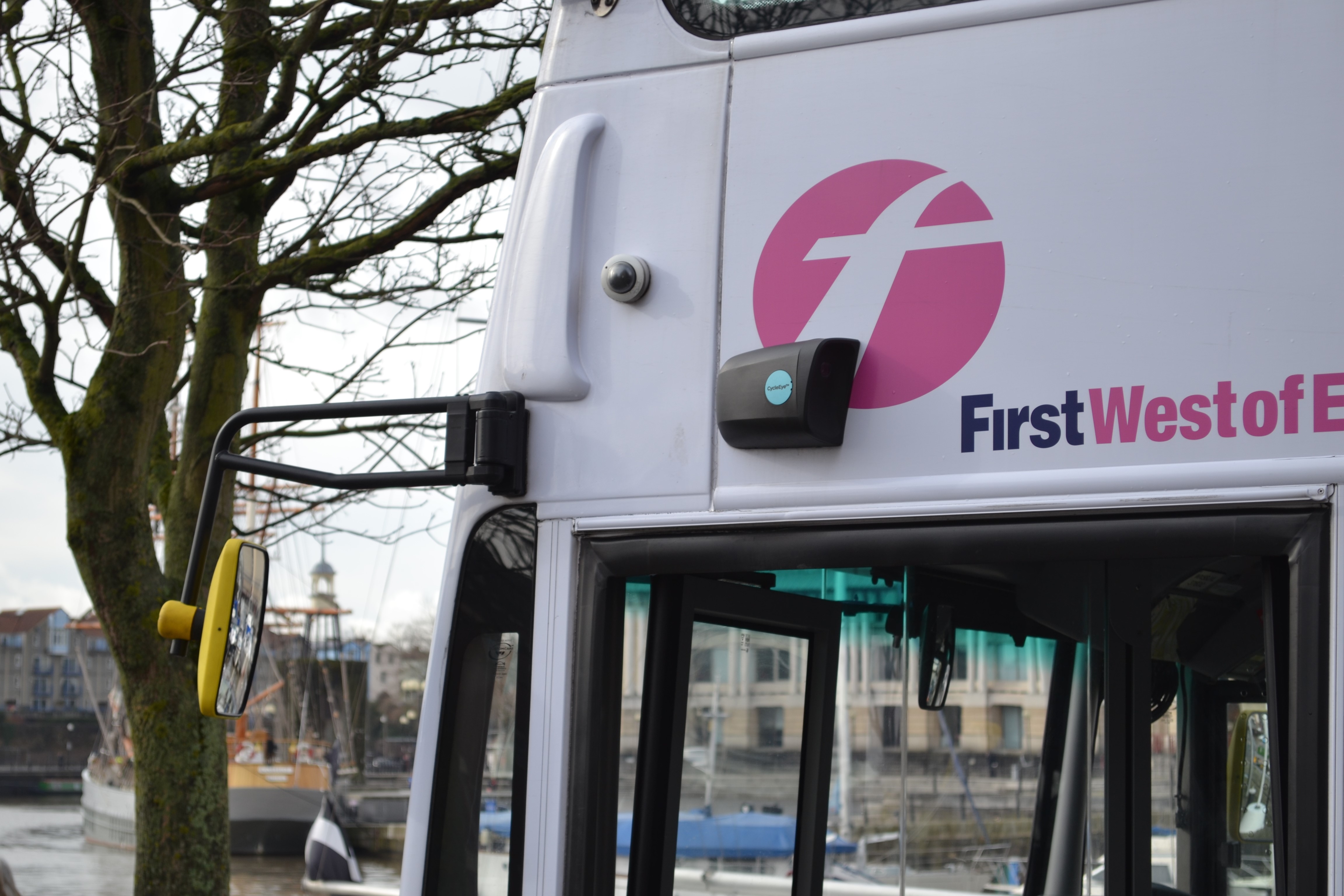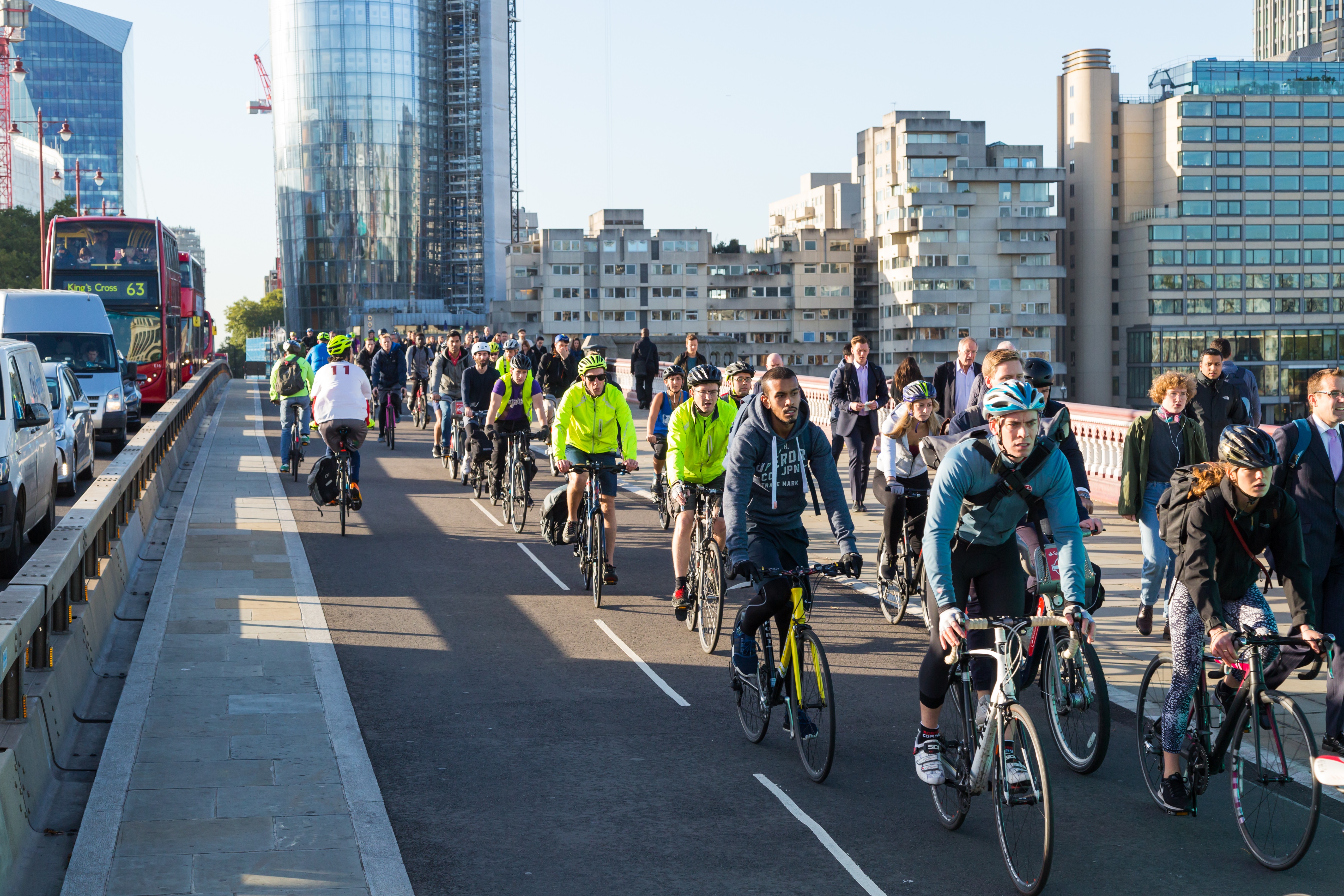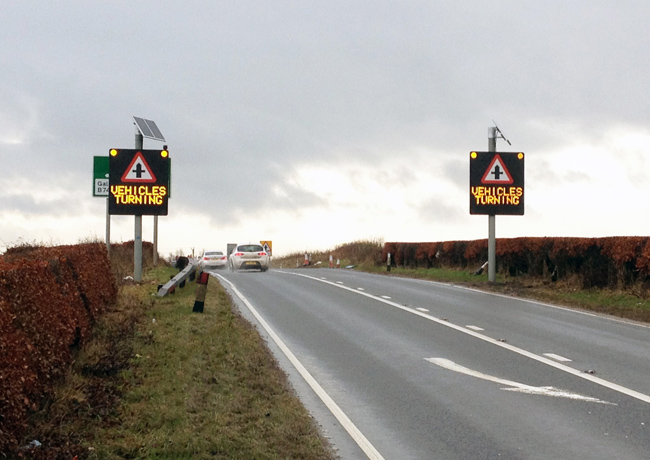
Is cycling in a city dangerous? Well, that depends where you are and how you view statistics. Malmö is far more bike-friendly than Mumbai and the risk can either be perceived as small - one death per 29 million miles cycled in the UK in 2013 - or large - that equated to 109 deaths in the same year.
Whatever your personal take on the data, the effect of these accidents can be felt indirectly too. News of cyclist deaths, especially from large vehicles, has repeatedly hit the headlines in recent months and eroded the confidence in cycling, pushing many nervous road users back into their cars.
A 2014 survey by the British newspaper, the Guardian, cited dangerous driving as the largest deterrent to cycling, followed by poorly-suited road design, lack of infrastructure and fear of an accident. That this is a global problem is evident from similar conclusions reported by Australia’s SMH newspaper, which highlighted that ‘cyclists now comprise 30% of road-crash hospitalisations in the Sydney metropolitan area’.
In order to reduce congestion, traffic pollution and pollution-related illnesses, authorities know they need to get more people commuting by bike, and they can play a key role in making cycling safer and combatting fear.
Part of this comes through educational measures like the Metropolitan Police’s ‘Exchanging Places’ initiative, which gives cyclists the opportunity to experience how difficult it can be for truck drivers to see them, and encourages truck drivers to experience cycling in the city. The West Midlands Police has a scheme to raise awareness by targeting close-pass drivers, using plain-clothes officers on bikes to monitor for this. In a four-day test, 80 drivers were pulled over and given education programmes.
But while these initiatives undoubtedly help, more is needed to tackle the underlying problem. In 2015 large vehicles (in this case HGV lorries) accounted for nearly 90% of all cyclist fatalities in London. The Construction Industry Cycling Commission points out that while HGVs account for only 3.5% of traffic across London, they are involved in 57% of crashes. Three quarters (76%) of those cycling collisions and 62% of fatalities occurred at junctions where the cyclist is ‘invisible’ to drivers in truck cabs. This is where technology can play a role.
Bristol’s approach
For the past two years, First Group has been running the CycleEye cyclist detection system on buses in Bristol, with the system fitted to vehicles running on high-density cycling routes.
Bristol is designated as the ‘UK’s first cycling city’, and Bristol City Council and First wanted to both prevent accidents and to counter the perceived threat to cyclists. This initiative was widely reported in national, local and cycling press.
Initially, four CycleEye units were deployed in the Bristol trial. This was subsequently increased, allowing the movement of the units between buses and routes, to better understand where potential incidents may occur. The city’s busiest cycling routes were chosen, as they represent the most challenging environments in which to evaluate the devices, and also to gather a more detailed understanding of the volume of cyclists and ’undertakes’ on these routes.The drivers were also surveyed to understand how they view the technology. The feedback has been widely positive, and First has chosen to continue using the units on key cycling routes - for example between the station and university (see map).
Bristol City Council, is keen to see this rolled out more widely to improve safety.
The system
The system is not just about blind-spot checking. Even the best-trained drivers can suffer from cognitive overload in what is an exceptionally information-dense landscape. So a system needs to not only show what’s there but also identify and assess the threat, and alert the driver in as concise a way as possible.
The system simultaneously uses radar and vision sensors to detect a cyclist on a vehicle’s nearside and alerts the driver if a bike ‘undertakes’ the vehicle.
All sensors represent a trade-off. For example camera-only systems will degrade significantly in the dark and in poor weather conditions. However, by combining the input of two sensor technologies into the single unit, in this case radar and camera, and using Fusion’s proprietary algorithms, it achieved an accuracy of 98% over the trial periods.
When a cyclist is detected, the system sends a spoken, concise, alert to the driver. Still images are recorded (for later analysis) and tagged with a GPS reading and time stamp. In the event of an accident, a 10 second loop of video is also recorded - while short, this is enough to capture the lead up to an accident. The system allows fleet owners and transport planners to identify issues that may require greater driver awareness, individual driver training or infrastructure adaptations.
Data from Bristol
Looking on a day-by-day and week-by-week basis provides useful information to alert the drivers - for example (and perhaps unsurprisingly) there are more incidents in July than December, but other spikes occur that correlate with key events in the year, allowing drivers to be forewarned.
But looking at shorter periods of time can also be informative (see chart). Plotting alerts over these short time periods, enables drivers to be more alert to cyclists at given times of day, or in various weather conditions. For example, it is possible to see that in addition to the pre-9am and post-5pm spikes, there is an earlier spike (3pm) on the Friday afternoon. We can also see a spike after 11pm on Wednesday, Thursday, Friday and Saturday - which could indicate that a significant number of people are cycling home after an evening out.
One of the key issues with using accidents to inform spending decisions is that they are very rare, meaning that one or two accidents in bizarre locations would significantly skew the data. By plotting alerts, even over a short period of time, it is easy to see where cyclists and buses are more frequently coming into close proximity. The map is a plot from a CycleEye unit during February 2017. It takes place on route 70 / 71 between the centre (bottom) and the University of the West of England in the north of the city. Clusters around traffic lights can be seen clearly, but also larger clusters around potentially problematic junctions - such as that between Redland and Montpelier.
System evolution
The following are some of the key findings from driver surveys and collected data, from trials in Bristol and London.
It is important to get the alert frequency right
Drivers need to know when there is a genuine risk, but too many alerts can lead to them being ignored, which is more dangerous in the long-term. The system is tuned to alert to cyclists ‘undertaking’ the bus, but does not alert to cyclists following the bus, or those that are being overtaken to ensure alerts only occur when necessary.
The type of alert the driver receives is critical
Drivers need concise, unambiguous alerts. However, too much information acts as a distraction. One very early-phase trial requested confirmation images for the driver alongside the audio. These images were found to be distracting to the drivers, so were abandoned.
Another important factor, is that the alert needs to be ‘human’. Drivers find beeps frustrating, easily ignored and it is not clear what information is being conveyed. After consultation with experts, the best option was found to be a spoken alert: “Cyclist left”. This gives the required clarity and brevity.
Database proved vital
An alert database was initially compiled as a test facility to help evolve the system. However, it quickly became clear that this information was also of great value to city planners. The data enables a better understanding of cyclist and pedestrian behaviours along the bus routes, including traffic flows and movements throughout the day.
Ultimately, this data allows fleet-owners to better prepare their drivers; and for planners to consider infrastructure changes.
Future developments
Both Bristol City Council and First Group have been encouraged by results, and are considering expanding the use of the CycleEye system. Other cities have also undertaken trials – including two
On a national level, the Welsh government is running trials based on an expanded version of CycleEye with new settings to identify motorcyclists. The unit is mounted on posts beside roads, and having detected a motorcycle, active signs will alert drivers on side roads to the motorcycle approaching on the main road. It is anticipated this will result in fewer collisions.










